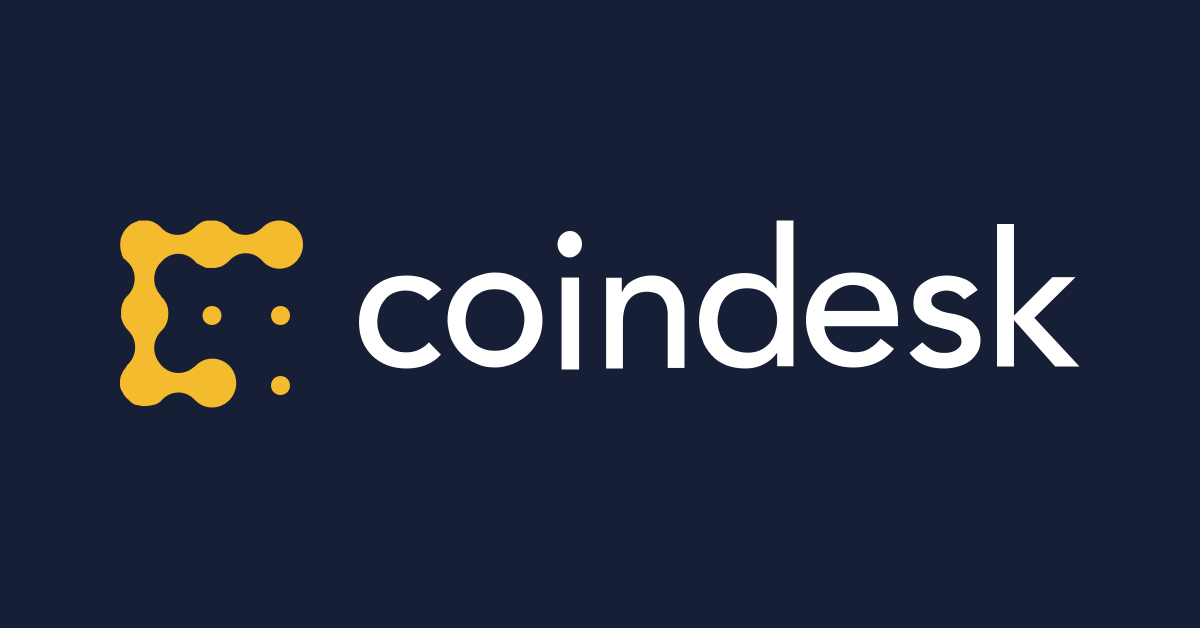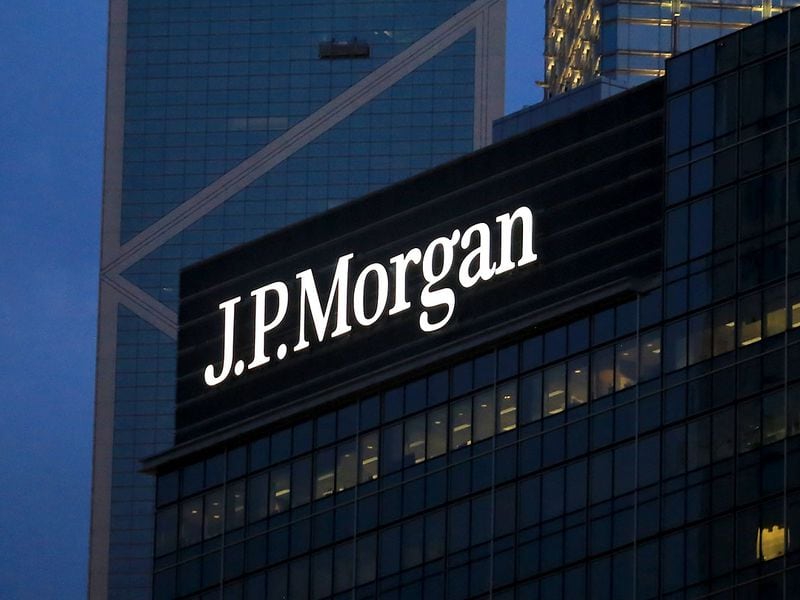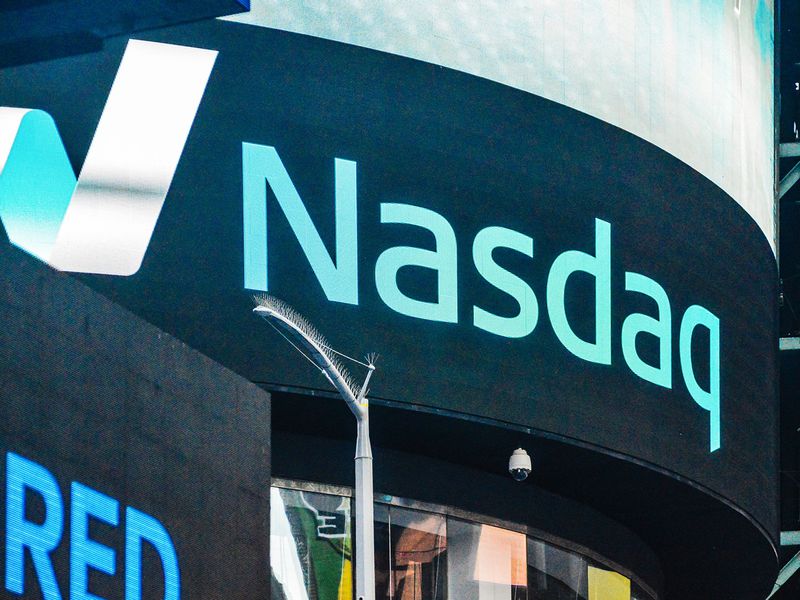Amazon’s Arrival and 4 Other Enterprise Blockchain Trends From Consensus 2019

The intermingling of public and private ledgers emerged as a key narrative in enterprise blockchain discussions at CoinDesk’s Consensus 2019 conference.
At the three-day event, which wrapped up Wednesday, heavyweight companies and infrastructure providers alike could be seen plotting a spectrum of blockchain strategies. Some were new entrants to the space, others were stalwarts, but these were the five storylines that shaped the enterprise conversation at the industry’s biggest conference.
Amazon’s arrival
So-called “Blockchain-as-a-Service” was front and center this year, with Amazon Web Services (AWS) taking to the stage at Consensus for the first time to talk about its new Managed Blockchain Service, which deploys Hyperledger Fabric with public ethereum soon to be added.
AWS was also there to talk about its Quantum Ledger Database (QLDB), a centrally administered immutable data ledger, which Gartner predicts could eat up a sizeable chunk of the enterprise blockchain space.
This is likely to happen as companies realize they don’t need so much in the way of distributed consensus or tokenization, Gartner said, but really just an immutable system of record. (By 2021, at least 20 percent of projects envisioned to run on permissioned blockchains will instead run on centralized auditable ledgers.)
Rahul Pathak, general manager of AWS Managed Blockchain Services, chose not to speculate on whether Gartner’s claims might be accurate, but he did confirm the rumor that QLDB started life not as an alternative to permissioned chains, but rather as an internally developed tool with Amazon’s vast retail business.
Said Pathak:
“We have a very long and healthy tradition of bringing forward internally developed projects at Amazon.”
The ConsenSys contender
Meanwhile, ConsenSys-backed Kaleido was offering an array of new enterprise blockchain tools with its new B2B tech stack, part of the firm’s Blockchain Business Cloud – delivering pushbutton asset tokenization and trading, easy integration and hybrid deployment for blockchain networks.
Indeed, Kaleido has been busy in the enterprise space, with customers that include T-Mobile, Kroger, Heineken, Sony, Fox, Citi, Shell, ING, MUFG and UnionBank.
“Kaleido has uniquely brought together all of the necessary tools and technologies on our platform in a single, integrated B2B stack,” Kaleido founder and CEO Steve Cerveny said in a statement.
Sticking with ethereum, ConsenSys “Seeker of Awesomeness” John Wolpert told CoinDesk that his team is advancing to use the ethereum mainnet as a kind of decentralized middleware or message bus, allowing companies to interact peer-to-peer but keeping a common frame of reference.
“Side chains are the key thing,” said Wolpert, “but we need to give them another name.”
Joining the conversation, Wayne Vaughan, CEO of Tierion, which is building the world’s first global proof engine, said his company was about to announce that it would be using its Chainpoint application to anchor Hyperledger to the bitcoin blockchain.
Wolpert, who was a founding engineer of Hyperledger Fabric while at IBM, countered: “Now, you’ve got to ask, Why do you need to do that?”
Herding cats
Blockchain is a team sport, as they like to say in the enterprise space. That’s why gathering firms together and building consortia to build and execute the technology has become an art in itself. A panel exploring the state of play was aptly named “Herding Cats.”
Brian Behlendorf, executive director of Hyperledger (a chief DLT cat herder), pointed out it’s useful to break down the topic into three basic types of enterprise blockchain consortia:
“There are pure technology consortiums like Hyperledger. There are standards consortiums like the Enterprise Ethereum Alliance. And then there are consortiums focused on one particular vertical, so something like we.trade would be a good example of that.”
Joining Behlendorf, Susan Joseph of B3i, the reinsurance consortium which includes Allianz, Swiss Re and Zurich, was also categorical about consortia governance.
Said Joseph:
“It’s a people problem.”
CSD update
Central securities depositories or CSDs (think: banking for securities) have probably had more than their fair share of threats about disintermediation, as the world has woken up to the fact that those assets can easily be tokenized and live on blockchains.
Debating an uncertain future for this type of industrial-grade market infrastructure were two of the big players: the London Stock Exchange Group (LSEG) and the Depository Trust & Clearing Corporation (DTCC).
DTCC was early to embrace the power blockchain could bring to the fragmented, reconciliation-heavy, post-trade environment. It has taken on an ambitious project to run the Trade Information Warehouse (TIW) on distributed ledger tech, which will automate recordkeeping, lifecycle events and payment management for approximately $10 trillion of cleared and bilateral credit derivatives.
This undertaking is now being tested by a group of banks and is on track to meet its deadline later this year, Robert Palatnick, managing director and chief technology architect at DTCC, confirmed to CoinDesk.
“There’s a lot of work going on right now, but we are looking good and on course,” he said.
‘Security token or tokenized security?’
Meanwhile, LSEG blockchain architect Michael Coletta said he wanted to clear up some confusion in the space with regard to regulation:
“On the question of security token or tokenized security, I would humbly respond by saying it doesn’t matter and is only semantic. Let’s remember to distinguish the legal and the technological. Security, legal; token, technical. To the extent that regulation endeavors to be technologically neutral, and it does, usually, the token concept is irrelevant when considering the legal.”
Ajit Tripathi of ConsenSys conceded that a recent white paper from DTCC, which stated that security token offering (STO) platforms should have the same characteristics from a regulatory perspective as existing trading systems, “seemed logical” but questioned where the likes of DTCC would be once the infrastructure revolution happens.
Tripathi said:
“Securities will be registered on the blockchain, which is already happening in some jurisdictions. Central bank money will be issued in token form, and then we will have DVP [delivery versus payment]. OK, so that might seem far off, but what are you doing now to not be disintermediated?”
Taking a more sober view of certain types of runaway innovation, Preston Byrne, an attorney at Byrne & Storm, took issue with the concept of “superfluid collateral” during a discussion around decentralized finance, adding:
“I like to have my collateral super encumbered.”
From left: ErisX’s Thomas Chippas, TD Ameritrade’s Steve Quirk and CoinDesk’s Noelle Acheson speak at Consensus 2019, photo by Juan Kim for CoinDesk










